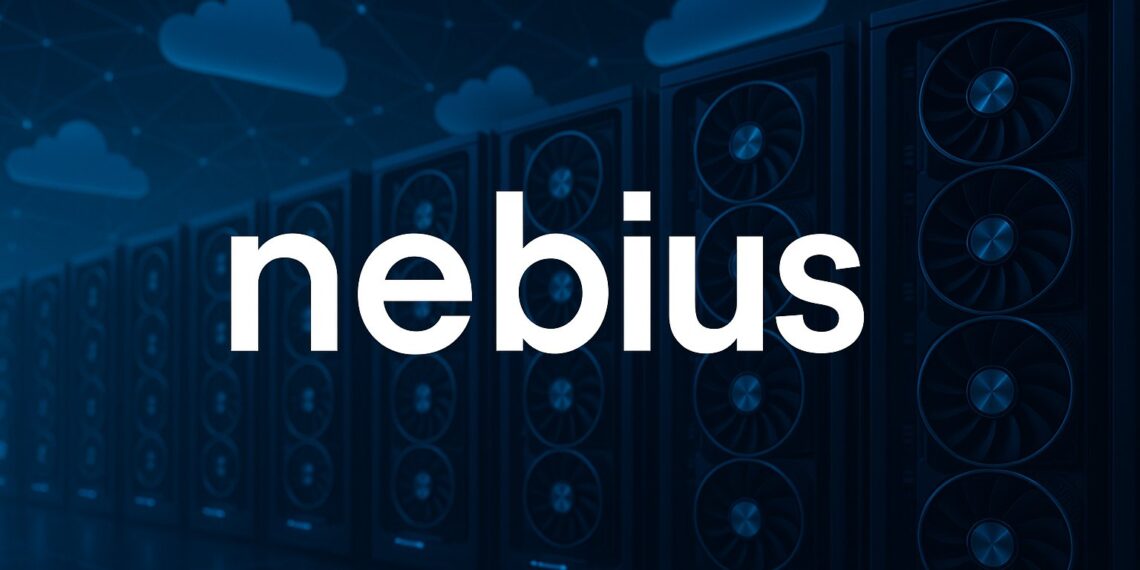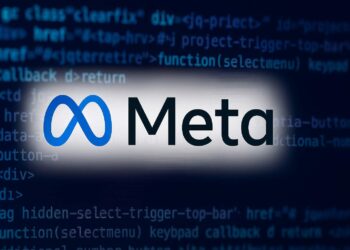Nebius shares traded lower today after a strong multi-week run. The tape showed a wide intraday range and heavy turnover—classic signs that positioning, not fundamentals, drove most of the move.
What likely drove today’s dip
1) “Sell the news” after a hot run.
The stock rallied sharply into recent product and roadmap updates. When fresh headlines didn’t blow past already-elevated expectations, fast-money accounts took profits and the move snowballed.
2) Positioning and liquidity.
After big upside stretches, order books thin out. A few large sell programs can push price through near-term support, tripping stops and turning a normal pullback into a steeper slide.
3) Options and technicals.
Expiring weekly options and a cluster of strikes around the recent highs can amplify intraday swings. Once the spot price slipped under key intraday levels, dealer hedging likely added downside pressure.
4) Macro crosswinds.
A wobble in broader risk assets—higher yields and a modest risk-off tone in AI/semis—tends to hit high-beta names first. Nebius is still a growth vehicle; it moves more when tape gets choppy.
Why the outlook remains positive
Anchored demand for AI infrastructure.
Enterprise AI workloads keep compounding. Nebius is building exactly the capacity and services (GPU-dense compute, managed AI cloud, data pipelines) that customers need to move from proof-of-concept to production.
Product maturity is catching up to adoption.
Recent platform updates focus on what enterprises care about—governance, security, compliance, and cost control—not just raw speed. That shift supports stickier, larger deployments over time.
Improving operating leverage as capacity ramps.
As new sites are energized and utilization rises, fixed costs are spread over more revenue. That usually helps gross margin mix, even if management keeps reinvesting for growth.
Healthy balance-sheet mindset.
The company has leaned into funding its build-out rather than starve growth. Near term that can add volatility; long term it reduces execution risk by ensuring hardware, networking, and real estate stay on schedule.
Multiple shots on goal.
Nebius isn’t tied to a single customer, workload, or model family. Demand from training, fine-tuning, and inference—plus traditional high-performance computing—creates a diversified funnel.
What to watch next (next 1–4 quarters)
- Capacity milestones: site energizations, GPU installs, and interconnect upgrades.
- Utilization and consumption: evidence that pilots become steady workloads with rising spend per account.
- Unit economics: signs of scale—better data-center efficiency, improved procurement, and disciplined opex.
- Contracting cadence: new logos and expansions; look for longer terms and enterprise features in deals.
- Volatility pockets: prior breakout zones and heavy options strikes will keep intraday swings lively.
Bottom line
Today’s weakness looks like positioning meeting an already-priced-in narrative, not a thesis break. The secular AI compute story, a maturing enterprise stack, and continued capacity rollout still point to constructive medium-term risk/reward. For long-horizon investors, the path is bumpy—but the destination remains uphill.
FAQ
Why did the stock drop on a seemingly positive backdrop?
Expectations were high. When updates are “good, not shocking,” traders lock in gains and liquidity thins, exaggerating the move.
Is this the start of a bigger downtrend?
A single heavy session doesn’t decide the trend. Watch whether price stabilizes around recent support and whether upcoming capacity and customer milestones land on time.
What could change the story?
Material delays in data-center buildouts, weaker-than-expected utilization, or a sharp, sustained downturn in enterprise AI spend would be genuine risks.
What would confirm the bull case?
New sites going live, growing consumption from existing customers, improving margins with scale, and continued pipeline wins.
Disclaimer
This article is for informational purposes only and not investment advice. Investing involves risk, including possible loss of principal. Do your own research and consider consulting a licensed financial advisor. All market data referenced are as of the date and time above and may change without notice.










